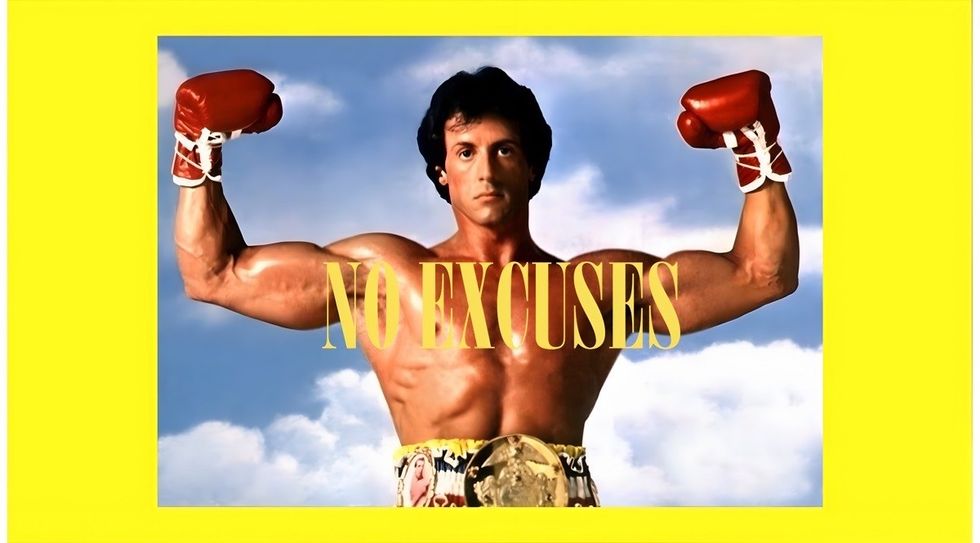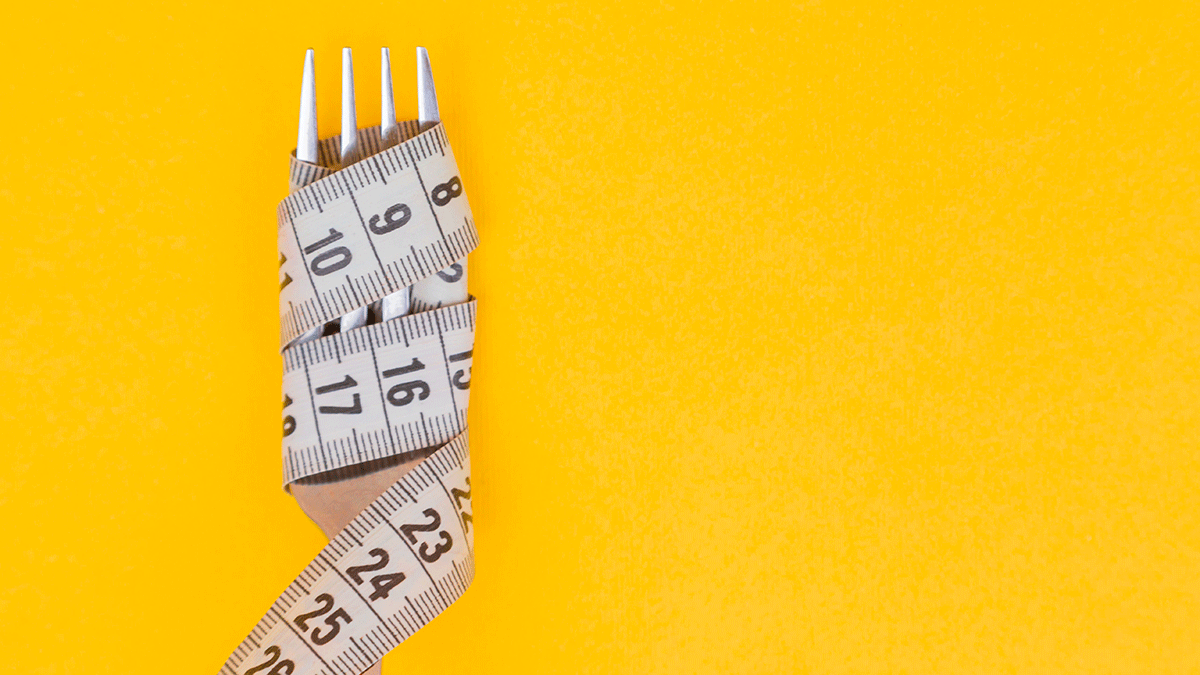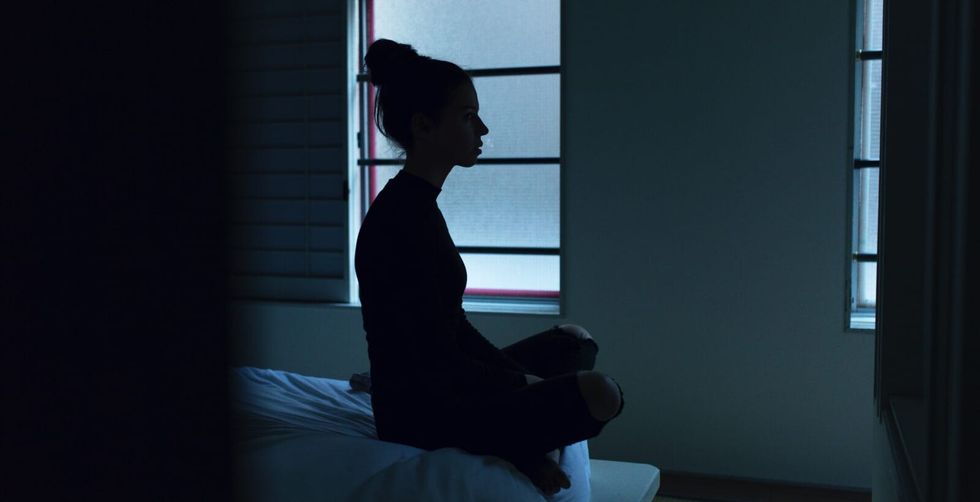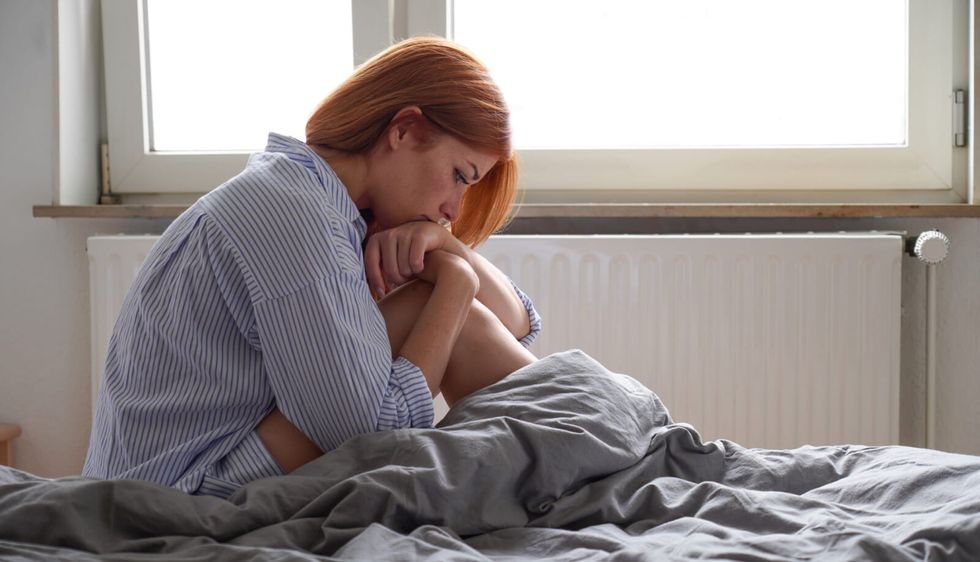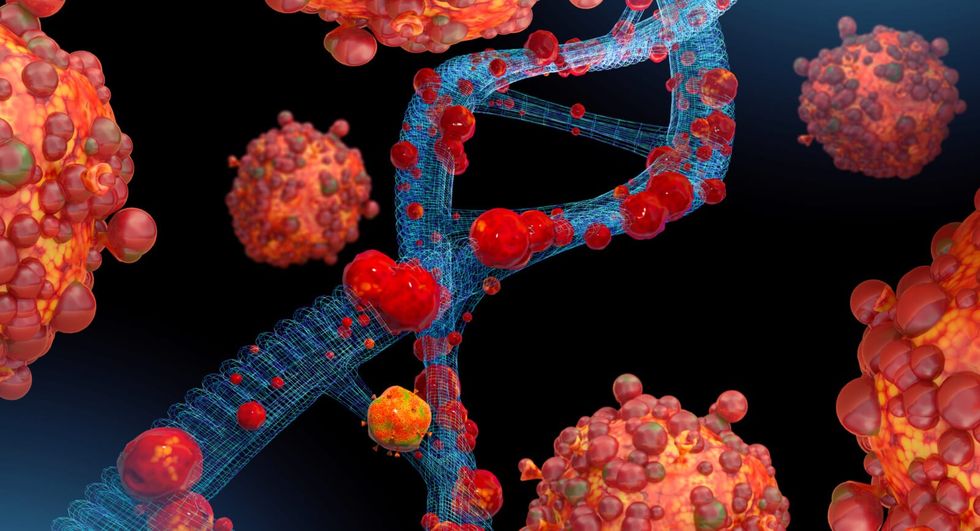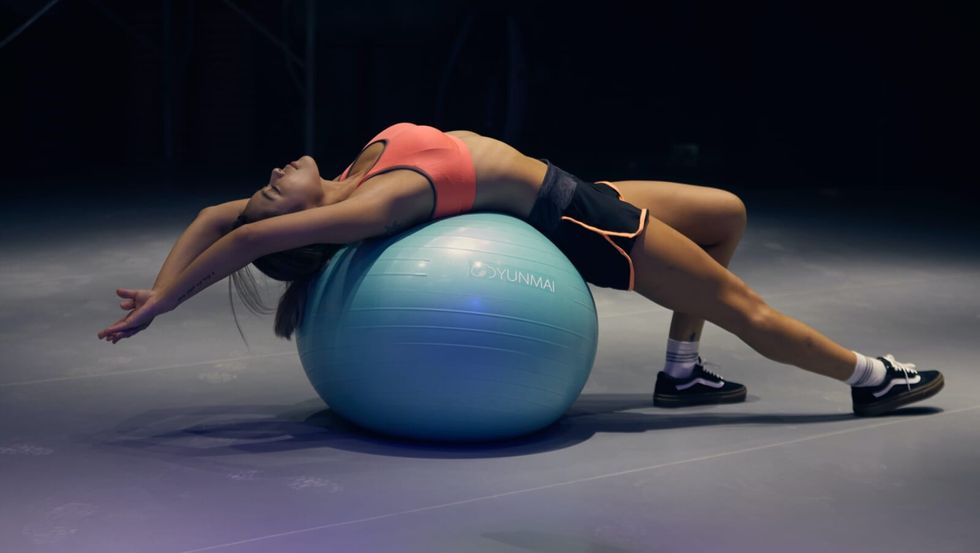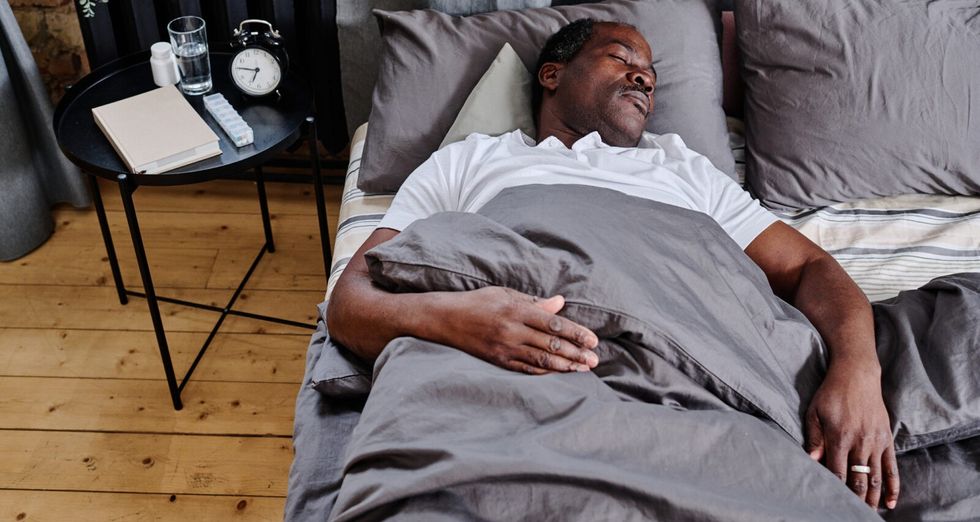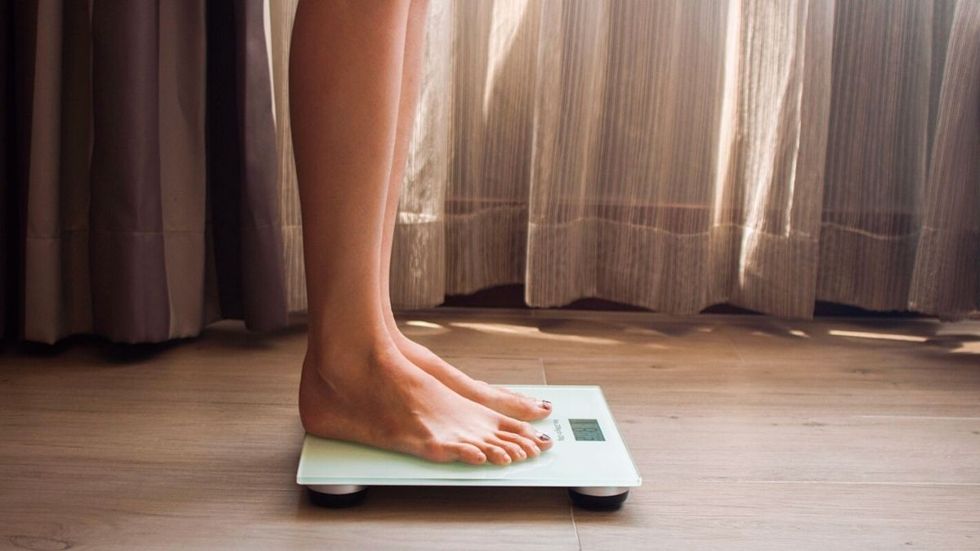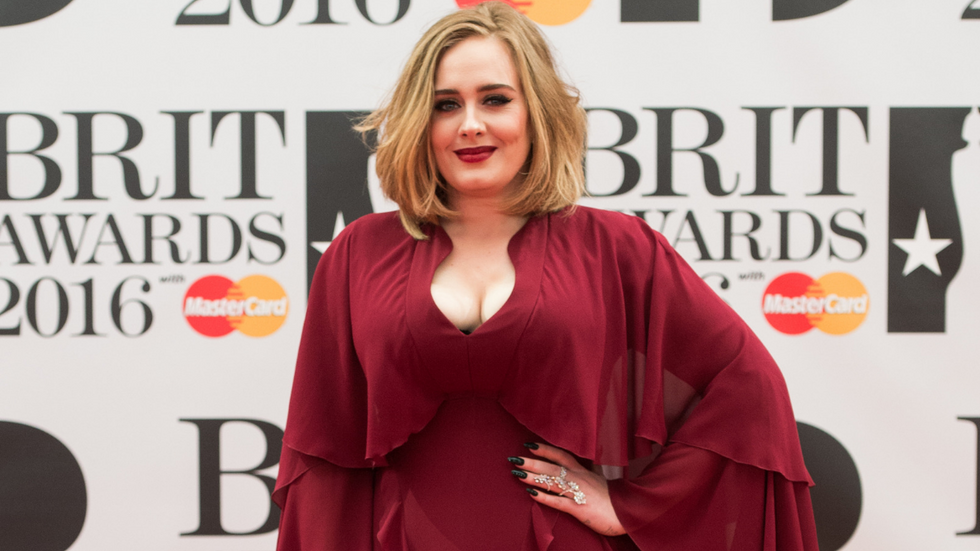Get Hyped: 27 Motivational Songs to Add to Your Workout Playlist That Will Pump You Up
Getting up and getting to the gym can be hard, but these 27 songs to add to your workout playlist make it easier! With summer around the corner, it's time to pump up your playlist.My favorite part of any sporting event (aside from the hot dogs) is when the players jump around in the tunnel firing themselves up, and they bust out into the stadium to an absolute tune.It's like the opening credits to the game. The theme song for the episode. The coming-out-of-the-tunnel song totally sets the tone. Come to think of it, I don't think it's an overstatement to say, sporting event DJs are the backbone of our nation. They will go where no man dares to go on his own. These underdogs of society will play jock-jams like Darude's Sandstorm without reservation.These mystics will blast Imagine Dragons unironically-- a band we have collectively denounced as a society... and yet! When the Lakers are in the playoffs and are going hard in the paint, the DJ will bust out Radioactive; a true Hail Mary. A final push to get the boy's blood pumping and bring it home in the final seconds.Your workout playlist should feel like that final push-on loop. Here Are 27 songs to add to your Gym Playlist and get you fired up1. "Ante Up" [Remix] -M.O.P ft. Busta Rhymes, Teflon, Remy MartinThe perfect kick-off to your workout playlist! Sure to up the ante from the very start!2. "X Gon' Give It To Ya" - DMXX gave it to us until the very end (RIP). X Gon' Give It To Ya is a forever classic. 3. "Gangsta's Paradise" - Coolio, LVRecommended Use: Trip to the water fountain/general lap around the gym.4. "Can't Be Touched" - Roy JonesIt's not a real workout playlist without this song--to the squat rack we go.5. "Till I Collapse" - EminemTill I Collapse doubles as a great motivator on your workout playlist and your study playlist. From Pull-ups to pulling all-nighters, this is a great song to add for those grit-your-teeth-and-bear-it moments.6. "Remember the Name" - Fort MinorThe unofficial soundtrack for everyone's main character movie montage come-up. This is the crowning jewel in any workout playlist.7. "Seven Nation Army" - The White StripesI don't know a single other song by these guys, and I don't have to.8. "Eye of the Tiger" - SurvivorPro Tip: Don't feel like going to the gym? Put Rocky on the TV (or at least the Rocky training montage), blast Eye of The Tiger and you'll be right back into fighting shape.9. "Thunderstruck' - AC/DC$100 to whoever's been to a hockey game and not heard this song. 12/10 workout playlist energy.10. "Can't Hold Us" - Macklemore & Ryan LewisI need to know who's d*ck Macklemore sucked to take the Caucasian Grammy home for Rap Album of The Year (2014). In what has to be, one of the most buck-wild historical accounts to be memorialized on the internet, I present the 2014 GRAMMY Rap Album of the Year Nominations:[these images are not doctored]:The absolute caucacity of it all. Thrift Shop still bangs though, idgaf.11. "Do Your Worst" - Rival SonsSimilar to the panel of judges for the 57th Annual Grammys Rap Album of the Year--Rival Sons absolutely did their worst. Perfect song for the person who loves to do revenge workouts and plays out in their heads, how they are going to confront everyone who ever wronged them (and then fully loses track of their rep count). 12. "Personal Jesus" - Depeche ModeDepeche Mode is on tour and yes, I did justify paying $138 for an upper bowl standing ticket to hear the only 3 minutes and 44 seconds of their work I'm acquainted with, thank you for touching base.13. "Numb / Encore" - JAY-Z, Linkin ParkThe only way Linkin Park was making it on the workout playlist.14. "King Kunta" - Kendrick LamarThank God Macklemore didn't drop any bangers in 2016. He let Lamar breathe that year *praying hands emoji*Unlike the 57th Annual GRAMMY Awards when Kenrick Lamar was nominated for Best New Artist and lost to a man who's given name on his birth certificate reads "Benjamin Hammond Haggerty" but who's even worse chosen-name on his GRAMMY reads "Macklemore".In defense of the judges of the 57th Grammy Awards, it was neck and neck. Kendrick Lamar hailed by at least one Quora thread as 'the greatest rapper to ever live'--who's family moved to Compton because it was SAFER than where they lived in Chicago-- was competing alongside industry titans we're never heard of like Kacey Musgraves who according to this article that is not-at-all-ironically titled 'Straight Outta Golden', grew up singing country twangs down by the creek in Golden, Texas where the gang division between the Methodist's and Presbyterians nearly tore the city apart!15. "POWER" - Kanye WestHonorable Mention: Black SkinheadBlack Skinhead is featured on West's sixth studio album Yeezus--which according to critics in 2014 was a "pretty good album" but not as good as Macklemore's The Heist which also beatYeezus for Best Rap Album of the Year.16. "Rejoice" - Steven Angello, T.D. Jakes This song IS A CERTIFIED BANGER. It's basically a motivational speech set to goosebump-giving beats courtesy of Swedish House Mafia's Steve Angello.A workout playlist southpaw--thank me later.17. "Goosebumps" [Remix] - Travis ScottSpeaking of Goosebumps thank you Travis Scott for gifting our workout playlist with this one. 18. "The Business" - TïestoIf you want to get your blood pumping off the bat The Business is a good place to start.19. "Giant" [with Rag n' Bone Man] - Calvin Harris How old is Calvin Harris?I feel like he's been around for decades. Placing bets he's the second oldest DJ, right after David Guetta--who's heart I SWEAR can't handle another summer bender in Ibiza.21. "Love Tonight" - Shouse, David GuettaLove Tonight is perfect for our workout playlist when we wanna simmer down with a high-rep/low-weight exercise.20. "Call It Love" - Feliz Jaehn, Ray DaltonI'm convinced "cardio" is a Ponzi Scheme--but if you're buying what cardio is selling, you could 10/10 sync up your elliptical strides with this song.22. "Poison" - Martin GarrixNo words all vibes. Poison is great for when you hit minute 37 in your circuit and you need to steady yourself before the final push.23. "Ghosts N Stuff" - Deadmau5no, no, no, you don't get it when I say BURY ME to Ghosts N Stuff, I mean; steal my grandson's inheritance and pay deadmau5 to spin live at my funeral while my pallbearers lower me down.24. "The Sign" - Jimmy Clash, Juicy M This track will sit near the tail end of my workout playlist, to give me the extra burst of energy I need to gear up, to finish strong.25. "Monophobia" - deadmau5, Rob SwirePerfect energizing and upbeat EDM track for the last stretch of your workout, when you're in the midst of that final push.26. "Stronger" - Kanye WestNo, but I had to right?27. "The Man" - The KillersAnnnnd we're finally cooling down.The perfect reminder as you end your workout that you did it. Even when you didn't really feel like it, it was totally worth it! So remember that feeling for next time, and as far as I'm concerned, you are the man.












